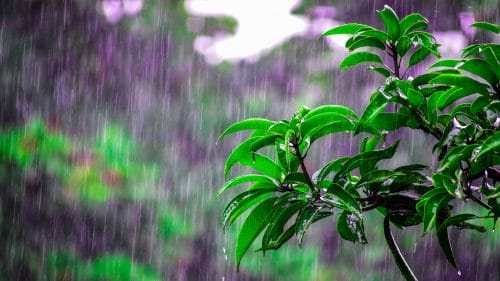New Year, New Beginnings: Comprehensive Disaster Preparedness for All Properties

As we welcome a new year, it’s the perfect time to reassess our readiness for the unexpected. Natural or man-made disasters can strike without warning, leaving a trail of destruction in their wake. Whether natural disasters such as storm damage and flooding, or man-made rises such as fires and industrial accidents, preparedness is key. This article outlines essential steps for ensuring comprehensive disaster preparedness for all types of properties.
Understanding the Risks and Preparing a Plan
- The first step in disaster preparedness is understanding the specific risks inherent in your region. In areas prone to fires, floodwaters, and storm damage, it is crucial to develop a robust emergency plan. This plan should include an emergency contact list encompassing local authorities, medical facilities, and family members. Identify safe evacuation routes and designate a communication plan and meeting points (in the event that normal methods of communication such as phone or internet are interrupted). Consider training family members/employees in basic first aid techniques and emergency response, prepare essential supplies sufficient for at least 72 hours and keep important documents and valuables in a secure, accessible location.
Flood Preparedness
- Floods can cause significant damage, especially in high-risk areas. Assess your property’s vulnerability and stay informed about local weather forecasts. Proactive measures like installing flood barriers, elevating utilities, and using waterproof containers for important documents can mitigate damage. Planning for the relocation of valuables to higher ground and ensuring effective property drainage are also crucial.
Storm and Cyclone Preparedness
- Storms and cyclones may bring highly destructive winds and heavy rainfall. Reinforcing windows and doors, trimming trees, and securing outdoor items can prevent them from becoming dangerous projectiles. Having an updated emergency kit and a battery-powered radio for weather updates is essential. Familiarize yourself with local evacuation routes and ensure that your insurance covers storm damage, and don’t forget to plan for pets.
Fire Safety
- Fire safety measures are critical in disaster preparedness. Install smoke alarms in every room and make sure they are regularly tested. Keep fire extinguishers accessible, in-date, and ensure everyone knows how to use them. Plan and practice escape routes from the property. Be mindful of electrical safety and store flammable materials properly. Educate everyone about the ‘Stop, Drop, and Roll’ technique (to extinguish clothing) and create a safe zone free from flammable materials around your property.
Post-Disaster Actions
- After a disaster, prioritize safety above all else before entering a damaged property. Document all damages for insurance claims and secure your property to prevent further damage or unauthorized access. Check for structural damage, avoid using damaged utilities, and seek professional help for cleanup and restoration. Paying attention to mental health in the aftermath of a disaster is also vital.
Emergency Services and Restoration
- In the event of a disaster, knowing how to contact emergency restoration services is crucial. Companies like BELFOR offer a range of services to help restore properties and can clearly discuss/explain the nature of restoration processes, ensure contractors are licensed/competent, and keep detailed records of all work and expenses.
Insurance and Financial Preparedness
- Review your insurance policies regularly to ensure they cover possible disaster scenarios. Consider additional coverage for specific risks like fire, floods or storm damage. Maintain an updated inventory of possessions (a walk-through video of your home contents is a good idea) and understand the insurance claims process. An emergency fund can provide financial relief in immediate post-disaster situations. Consultation with your insurance agent or broker is important, so that they can help you to understand/clarify coverage details and limitations.
In conclusion, as we step into a New Year, embracing a comprehensive approach to disaster preparedness is crucial. By preparing for both natural and man-made disasters, we can safeguard our properties, loved ones, and communities against a wide array of unforeseen events. Preparedness today is the key to resilience and recovery tomorrow.

